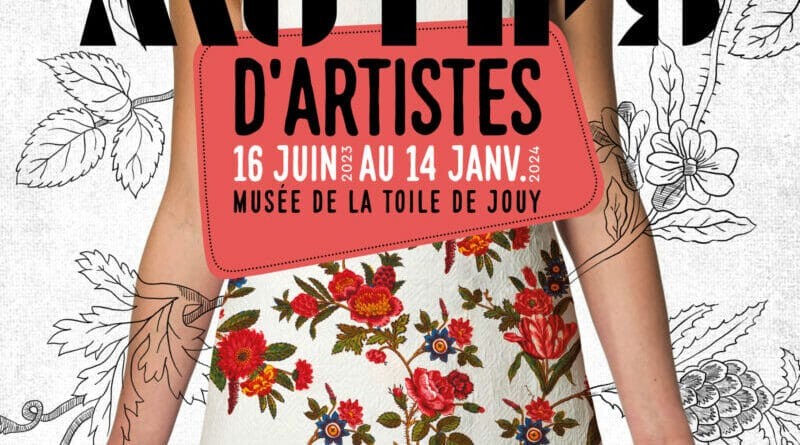Motifs d’artistes – History of design in the textile industry since the 18th century
Jouy-en-Josas, Musée de la Toile de Jouy
From June 16, 2023 to January 14
Opened on June 16, 2023 and open until January 14, 2024, the Musée de la Toile de Jouy presents its new exhibition devoted to the history of textile design since the 18th century. Curated by Aziza Gril-Mariotte, university professor of History of Modern Art (University of Aix-Marseille) and general director of the Musée des Tissus et des Arts Décoratifs in Lyon, the exhibition highlights the links between artists and textile design.
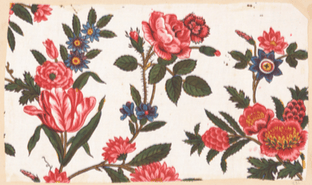
EXHIBITION
The exhibition Motifs d’artistes, a history of design in the textile industry since the 18th century traces the origins of the textile design profession and the role of artists in creating motifs. Adapting to the specific technical constraints of the textile industry, these inventors of forms created true ornaments that reflected their artistic universe and the consumer trends and practices of their time.
PATTERN UNITES TEXTILES AND ART
In six chronological thematic sections, from the draughtsmen employed in silk and India factories to the emergence of textile designers, the exhibition explores the place of artists, the diversity of their status, and the evolution of the recognition of their art. Jean-Baptiste Huet, William Morris, Raoul Dufy and Sonia Delaunay left an indelible mark on the decorative arts repertoire.
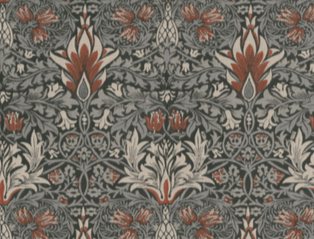
TEXTILE DESIGN FROM YESTERDAY TO TODAY
Since the Renaissance, artists in Europe have participated in the creation of textile objects by producing tapestry cartoons for prestigious patrons such as emperors, kings and popes. The development of an ornamental activity really took shape from the Age of Enlightenment, particularly in factories such as that of Christophe-Philippe Oberkampf in Jouy-en-Josas.
During this period, artists working with the textile industry remained anonymous.
This status lasted until the 19th century, with the advent of the industrial artist and workshops specializing in specific types of production (cashmere shawls, silks, carpets, printed fabrics for furniture, etc.).

Since the mid-20th century, artists have had the choice of publishing their own creations or collaborating with brands under their own names. This was the case with the great artists of modern art such as Derain and Picasso, whose designs were published by Fuller Fabrics, and the animal painter Xavier de Poret, who was asked by Hermès to adapt his paintings into silk squares.
Finally, in addition to creating clothes, some couturiers have developed their own artistic universe, often very recognizable. Sonia Rykiel imposed her style and multicolored stripes in collaborations with brands such as Les 3 Suisses in 1977 and H&M in 2009. Contemporary designers have helped break down the boundaries between art, the textile industry, and fashion, turning their motifs into adaptable patterns.
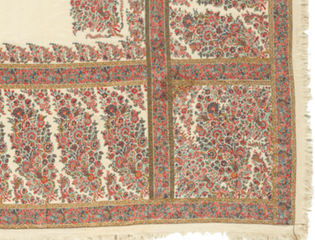
THE OBERKAMPF FACTORY
Anchored in its time, the Oberkampf Factory (1760-1843) always kept abreast of technical and artistic developments. The company turned to talented independent artists to ensure its economic prosperity. However, anonymity remained the norm. Thanks to research and the many archives studied, it was not until the 20th century that these designers and painters emerged from the shadows. They included Mme Jouanon, a flower painter; Jean-Baptiste Huet, a designer and painter who collaborated on the development of figurative scenes; and many more…
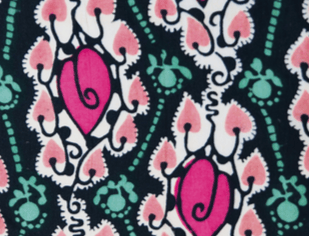
MEDIA
For the first time, the Museum is introducing a child-friendly form of communication. From a simplified label to a playbook, children can now make their first visit.
Workshops, lectures and guided tours on the topic of textile design are available for all ages.
The program can be found at museedelatoiledejouy.fr
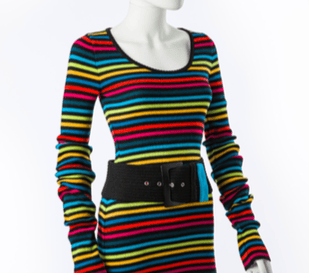
MUSÉE DE LA TOILE DE JOUY
CHÂTEAU DE L’EGLANTINE 54
RUE CHARLES DE GAULLE
78350 JOUY-EN-JOSAS
museetdj@jouy-en-josas.fr
https://www.museedelatoiledejouy.fr/motifs-dartistes/
